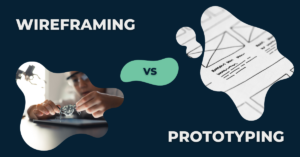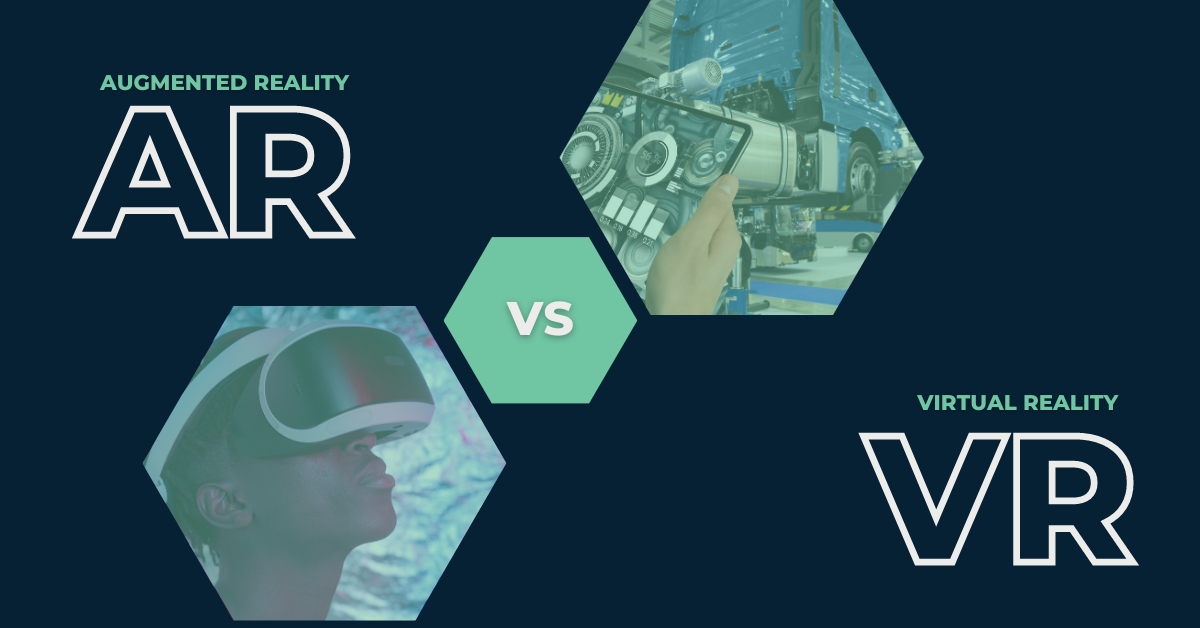

AR is short for Augmented Reality. As the name suggests, AR “augments” or adds virtual elements to the physical world. It is a blend of digital and physical elements. Perfect examples of this would be Snapchat filters, Pokemon Go, or even Zoom backgrounds.
VR on the other hand, is a completely computer-generated simulated world. To experience this, VR headsets are worn. Examples of VR applications are games like Minecraft VR and Fortnite, as well as in the medical industry in other parts of the world, medical students use VR to practice procedures.
Since the COVID-19 pandemic there has been an increase in the use of AR and VR, especially in enterprises in various industries such as health, education and tourism. They are powerful tools for the convenience of customers, allowing customers to try new products and can also serve as assistive tools for persons with disability.





AR is short for Augmented Reality. As the name suggests, AR “augments” or adds virtual elements to the physical world. It is a blend of